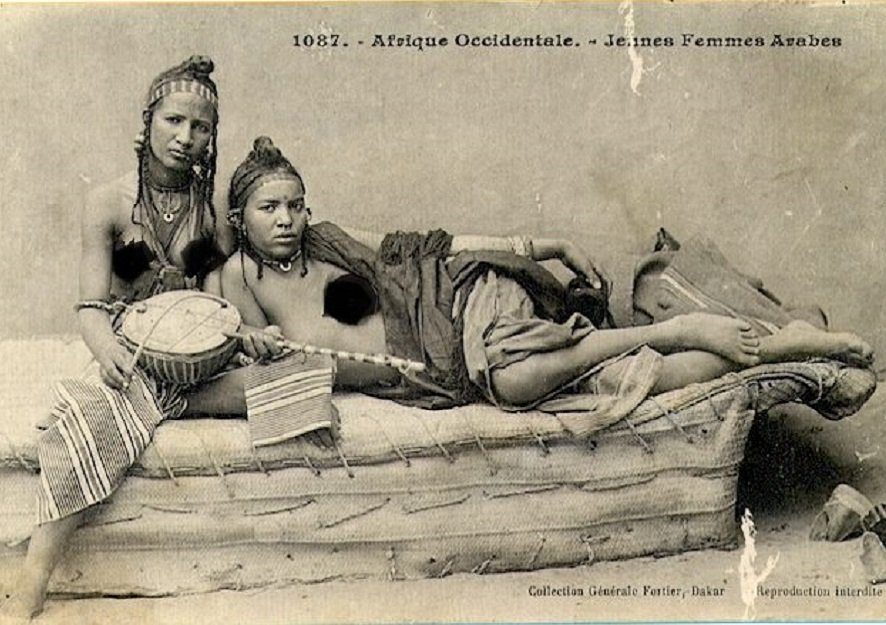The colonization of Africa by the European superpowers, starting with the Portuguese conquest of Ceuta in the early 15th century to the Scramble for Africa under the New Imperialism in the 19th century, has been a thoroughly discussed issue. It is coupled with the Transatlantic slave trade which is still affecting people of color in varying ways even after it was abolished over 100 years ago.
The period of colonization of Africa is well known for the nightmarish activities on the African continent as well as in Europe and in the Americas. Volumes have been written and are still being written in an effort to document the history and address the damage done to the African race and consequently the general balance and progress of the world at large.
The reasons that motivated the colonization of Africa were the abundance of raw materials like copper, cotton, rubber, palm oil, cocoa, diamonds, tea and tin, which were the essentials of the European industry. There was also the need for a new and ready market for the products manufactured in Europe, and the African continent was (and still mostly is) a ready dumpsite.
Another reason that contributed to the presence of Europeans in Africa was missionary duties. Missionaries from especially Portugal, France, Britain, and Germany came under the premise of converting the locals to Christianity, according to accounts. Some of them stayed true to their mission while others, however, aided in the colonization of the people.

Another overlooked reason that served as a source of motivation for the hoard of volunteers from Europe during the colonial period is the promise of “promiscuous” and “easy” native women. Postcards sent to Europe during this period mostly featured (prominently) nude or semi-nude African women and girls in alluring and inviting postures. These postcards dwelt on the European male fantasy that unlike their prim and proper wives in Europe, African women were sexually promiscuous to attract volunteers to Africa.

The portrayal of the “primitive” sexuality and “promiscuity” of the African woman was a buttress to a harmful stereotype. Even images that did not have the women nude or semi-nude had captions on them that conveyed the exoticism and availability of women for the pleasure of the European male.

In Malek Alloula’s book Le Harem colonial, he collects an album of sorts of such postcards from Northern Africa taken by Frenchmen during the colonial period and explains them in an extensive and convincing discourse as perpetuating a harem fantasy through which the male colonists viewed Africa.

He goes on to talk about the rape and sexual assaults carried out on the African women by these men. After volunteering and getting to Africa and realizing that the image painted by the postcards is different from the situation on hand, they go ahead anyway to get what they were promised, that is, “easy” and “available” women.
Overseas, the slaves taken from Africa suffered similar and even worse fates. Some were raped by slave owners and used as sex slaves and entertainment, among other things. In his famous 17th-century oil painting “Rape of the Negress”, the Flemish painter Christiaen van Couwenbergh successfully captures the rape of a black woman by three white men.
After slavery was abolished, the rape and assault on black women and girls both at home and in the diaspora continued. According to the Blackburn Center,” the sexual victimization of Black women and girls did not end. The crime of rape was common, yet from the end of the Civil War until the 1960s, no Southern white male was convicted” in America. According to them, black girls and women are still viewed as hyper-sexual beings and are not believed when they report sexual abuse.
Today, the United Nations in conjunction with other agencies are working to reduce sexual violence across the world by amplifying advocacy, improving coordination and accountability, and supporting country efforts to prevent sexual violence and respond effectively to the needs of survivors.










